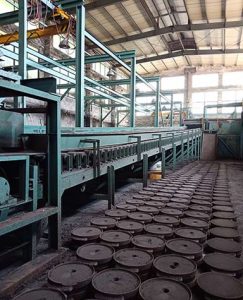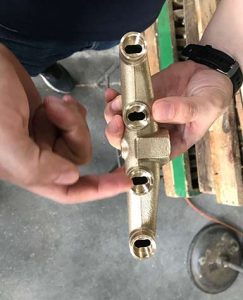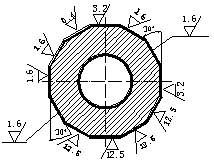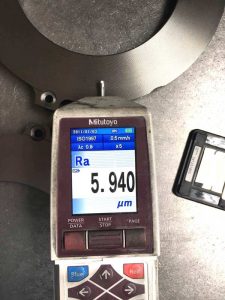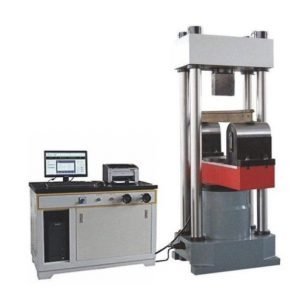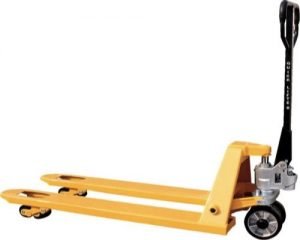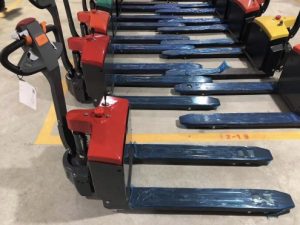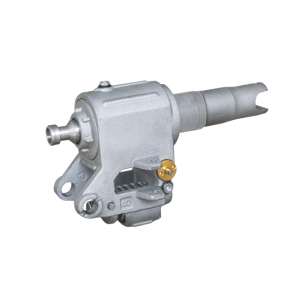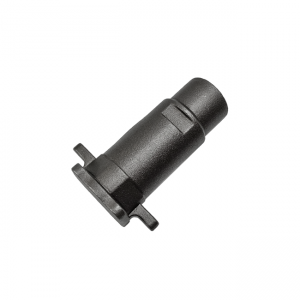Classification Method, Properties and Application of Castings
Classification Method, Properties and Application of Castings
Castings are metal moldings obtained by various casting methods. That is, putting the smelted liquid metal into a pre-prepared mold by pouring, injection, inhalation or other casting methods. After cooling, it will undergo sand removal, cleaning and post-treatment to obtain an object with shape, size and performance.
-
There are many classification methods for castings:
1. According to the metal materials used in the casting
Casting falls into steel castings, iron castings, copper castings, aluminum castings, magnesium castings, zinc castings, titanium castings, etc.
2. According to the chemical composition or metallographic structure of the casting
Casting is further divided into different types according to the chemical composition or metallographic structure. For example, iron castings include gray iron castings, ductile iron castings, vermicular graphite iron castings, malleable iron castings, alloy castings, etc.
3. According to the different molding methods
Castings falls into ordinary sand castings, metal castings, die castings, centrifugal castings, continuous castings, investment castings, ceramic castings, electroslag remelting castings, and bimetal castings, etc,. Among them, ordinary sand castings are most widely used, accounting for about 80% of all casting output. The non-ferrous metal castings such as aluminum, magnesium and zinc are mostly die castings.
-
Properties and applications of castings:
Castings have excellent mechanical and physical properties. Castings can have a variety of different strength, hardness, toughness and comprehensive properties. At the same time, they can also have one or more special properties. For example, wear resistance, high and low temperature resistance, corrosion resistance, etc.
Castings have a wide range of weight and size. The light weight is only a few grams. While the weight can reach as heavy as 400 tons. The wall thickness can be only 0.5 mm, or exceed 1 meter. Besides, the length can be several millimeters to ten meters. This all make castings meet different industrial requirements for use.
The application of castings has a long history. Ancient people used castings as coins, sacrificial vessels, weapons, tools and some living utensils. In modern times, castings are mainly used as blanks for machine parts. Furthermore, some precision castings can also be used directly as machine parts. Casting occupies a large proportion of mechanical products. For example, in tractors, the weight of castings accounts for about 50-70% of the weight of the whole machine; 40-70% in agricultural machinery; and 70-90% in machine tools and internal combustion engines. Among all kinds of castings, mechanical castings have many varieties, complex shapes and large amounts, accounting for about 60% of the total casting output. Followed by ingot molds for metallurgy and pipelines for engineering.
The liquid forming process can be so widely used because it has the following advantages:
- It is possible to manufacture blanks with complicated inner cavity and shape. For instance, various boxes, machine bed, cylinder block, cylinder head, etc.
- Large process flexibility and wide adaptability. Such as the size of the liquid molded part is almost unlimited. And for cast iron with poor plasticity, liquid forming is the only way to produce its blanks or parts.
- The cost of liquid molded parts is lower. Liquid molding can directly use waste parts and chips. And the equipment cost is low. At the same time, the processing allowance of the liquid formed parts is small, saving metal.
However, there are many procedures in liquid metal forming and it is difficult to accurately control the casting quality. Due to the loose structure and coarse grains of the liquid forming, many defects are easy to occur. For example, shrinkage cavity, shrinkage porosity, and pores. Therefore, we need to take special measures to avoid such internal defects in production process. We will introduce more to you in the following blogs. If you are interested, please make sure to subscribe our website: wwww.yidecasting.com
Castings are also closely related to daily life. For example, frequently used door handles, door locks, radiators, water pipes, iron pots, and gas stove racks are all castings.
Yide casting is a leading casting foundry in China, with 27 years’ experience, produces top quantity castings. If you are interested in our casting fitting, please send us drawings, and feel free to get a quick quote.

